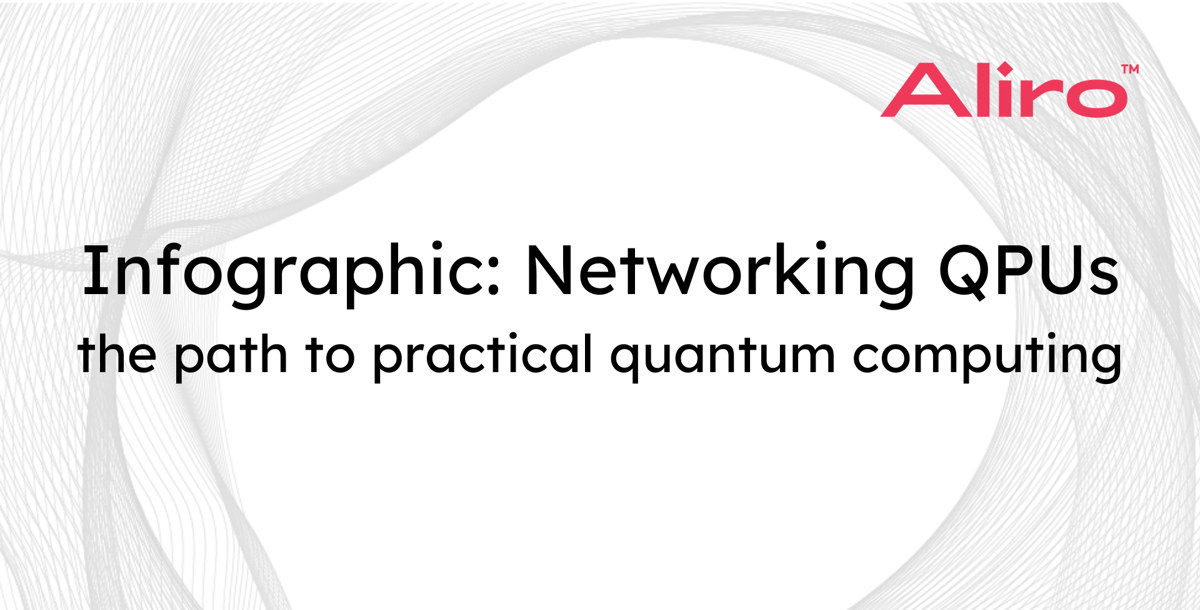
Click on the image to view the full resolution graphic.
Quantum computing represents a significant technological advancement, similar to the invention of the transistor, with qubits serving as the new fundamental units of computation. The breadth of applications enabled by quantum computing spans entire industries, from cybersecurity to climate modeling, from drug discovery and computational chemistry to AI.
The anticipation for these capabilities in the quantum computing field is high, but these complex computations will require the development of large-scale, fault-tolerant quantum computers. Capabilities will need to scale beyond the current maximum qubit yield of around 100 qubits on a single chip in order to meet this requirement. While industry has reached a kind of plateau in scaling single-die chips, but there are ways around this limitation.
Scaling qubit yields
There are two other approaches to scaling quantum computing power beyond single-die chips: multi-die chips and networking QPU chips.
Multi-die chips
Instead of creating a single large quantum processor, smaller dies with 40 to 200 qubits are manufactured with higher reliability. These smaller dies are placed on a carrier wafer and bonded to form a larger, cohesive unit. The key to this approach is maintaining a strong, coherent connection between all adjacent qubits while minimizing loss and coupling overhead to create a powerful processor. The potential of this method is significant, but also has practical limits. Each multi-chip die might support up to 1000 qubits, possibly extending to a few thousand or a maximum of around 10,000 qubits, constrained mostly by the size of the cryostat (the cooling system necessary for quantum computing). The overall scale of the quantum processor will also depend on how many such multi-chip dies can be effectively bonded together.
Networking QPU chips
Networking Quantum Processing Unit (QPU) chips to maximize the number of multi-chip dies within a cryostat is a promising method for scaling quantum computing power. This method uses optical interconnects to link the chips, and is not limited by the number of qubits on a single chip or the size of the cryostat. The critical factor in this approach is the fidelity of entanglement between different QPUs. High fidelity is necessary for effective communication and processing across the networked chips. To achieve this, transduction might be necessary to convert quantum information between different types of qubits, such as from trapped-ion qubits in a QPU to photonic qubits that travel through optical fiber.
Of these three methods of scaling quantum computing power, networking QPU chips through entanglement-based networking is gaining more traction, and offers the most flexible path forward.
The road to practical quantum computing is paved with entanglement-based networks
Entanglement-based Quantum Networks can be used link QPUs for enhanced computational power. A simple architecture for enabling this quantum computing function would include couplers and / or quantum gates, transducers, optical fiber, and a controller to manage the network. Using optical interconnects, where a coupler and possibly a transducer are used to convert quantum states into the appropriate frequency for transmission over photonic telecom wavelengths. These wavelengths are helpful because of their low loss and the availability of compatible components.

